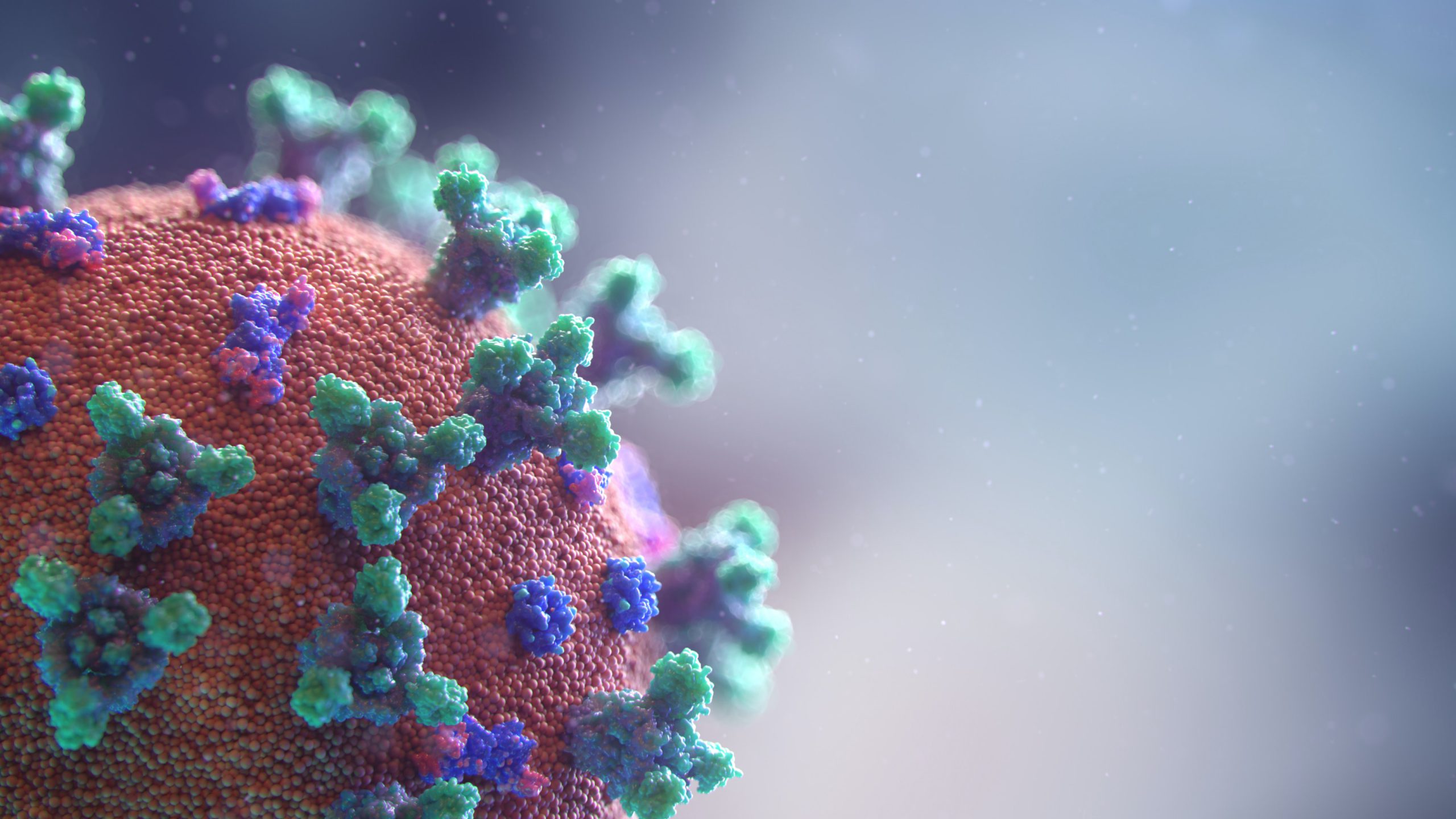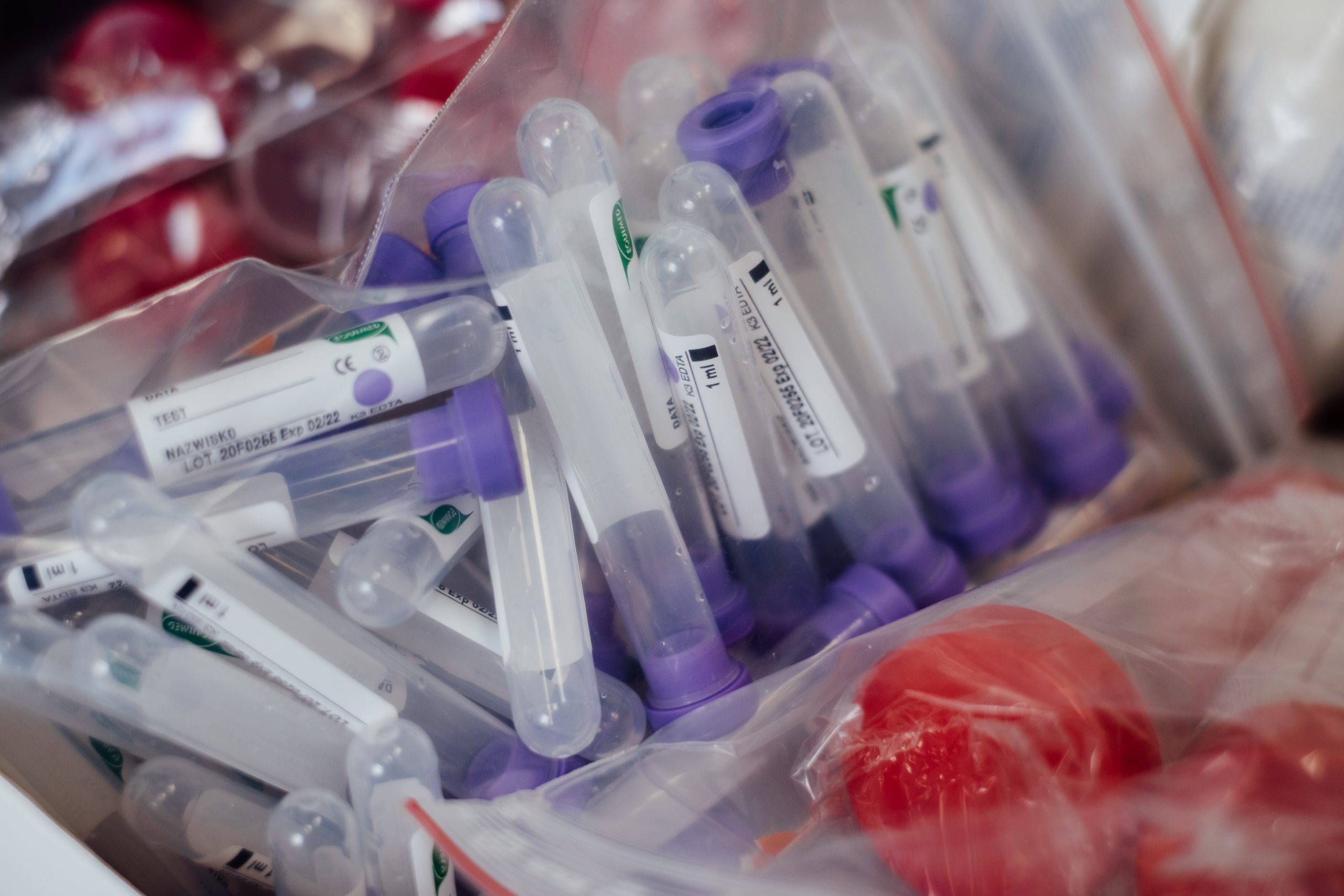The COVID-19 Pandemic & Past Pandemics
Since its identification, the growing worldwide transmission of the coronavirus has caused significant detriment to the lives of many infecting over 12 million people in all of the countries. In this article, the current situation of the coronavirus is described along with an analysis on the similarities of this pandemic compared to past pandemics.

BY: DEV DWIVEDI
On December 31, 2019, the Wuhan Municipal Health Commission in China reported several cases of pneumonia that would soon be recognized by the entirety of Earth as the novel SARS-CoV-2 strain’s COVID-19, or coronavirus. This virus is a respiratory disease that incites shortness of breath, fever, body aches, fatigue, congestion, and death in infected patients. Since its identification and growing worldwide transmission, this virus has spread into every country, infecting over 12 million people within the world, qualifying it as a pandemic on March 11, 2020.
The COVID-19 virus was initially identified in Wuhan, China. Currently, researchers are aware that this disease spreads through direct contact with droplets that are emitted into the air when a person coughs or sneezes. Since droplets do not travel very far and land on surfaces, social distancing for 6 feet from others is a valid and effective method of preventing contact with the COVID-19 virus. However, with the exponential growth of this virus and difficulty to practice social distancing in several locations, the necessity of a potential vaccine or cure is becoming more urgent. To find effective treatment options, scientists have researched the mystery regarding the origin of the coronavirus, discovering possible causes of the condition. Some researchers reason that this illness originated in the seafood market. They conclude that the SARS-CoV-2 strain had mutated from infected bats to infect humans at one of Wuhan’s wet markets, locations where vendors sell wild or banned species of animals to customers. Other research indicates that there is no link to the seafood market as these patients were infected beforehand. Experts are conducting further studies to accurately unveil the origin of the coronavirus, hopefully providing clarity in how to prevent the rapid transmission of the virus.
“The viruses have to adapt so they can enter human cells, first of all they have to jump the species, either directly into a human or into an intermediary host, so they need to adapt, mostly their receptors have to change, so they can enter the cell. Then, on very rare occasions will this virus that has entered a human cell actually be able to transmit to another human, that really happens very rarely.”
~ Christian Walzer, Chair, Conservation Medicine Unit – Wildlife Scientist
Equipment for testing and several treatment options are used and continuously researched to combat the spread of the COVID-19 virus, optimizing the method in which these resources provide medical care and protection to infected patients and vulnerable people, respectively. For instance, to guarantee whether a patient is COVID-19 positive, testing must be done to add certainty to the diagnosis and determine the course of treatment pursued. As of now, patients can have two different forms of testing: viral testing and antibody testing. Viral testing depicts whether or not the patient has SARS-CoV-2 at that moment in time. This testing utilizes samples collected from the respiratory system through swabs of the inside of the nose. Depending on the results received after 1-2 days, the data interpreted is employed to administer appropriate care. Therefore, if the patient is determined to be COVID-19 positive, they would need to be quarantined and have to follow the CDC guidelines, in the United States of America, for care. If they are determined to be COVID-19 negative, they would have the reassurance that they do not have the virus and would have to practice social distancing to continue to prevent it. Antibody testing, contrarily, determines whether patients have generated antibodies against the virus or not. That is significantly beneficial when determining which patients are immune as antibodies, created by the body’s immune system, are a natural defense mechanism on the microscopic level that combats pathogens, protecting the individual. This test examines the patient’s blood for antibodies. If antibodies are present, it will indicate that the patient once had COVID-19 and will be immune to it, or the opposite if the antibodies are not present.



Despite no effective treatment option or vaccine ready for use and COVID-19 being the most prominent virus today, there have been multiple coronaviruses and pandemics in the past. For instance, before SARS-CoV-2, SARS-CoV and MERS-CoV were the only coronaviruses recognized to cause severe diseases. Each of these viruses is similar as they are all coronaviruses, transmitted through direct contact with respiratory droplets of the infected, although they had all occurred during different times. The SARS-CoV outbreak had originated in China in 2002 and spread internationally to 8,347 people and resulting in 813 deaths. MERS-CoV was identified first in Saudi Arabia in 2012. Though it did not spread worldwide at the same scale as the two SARS-CoV viruses, they have caused more than 2400 cases in the Middle East. Aside from coronavirus epidemics and pandemics, the Spanish influenza pandemic of 1918 was a deadly outbreak of influenza that had infected over ⅓ of the world’s population and caused the death of 50 million people. Similarly, though the current coronavirus pandemic has not yet reached the scale of the influenza pandemic of 1918, this pandemic lasted for two years from 1918 to 1920. Considering this, the duration of this pandemic may be similar to previous health crises.
Notwithstanding the many similarities that may be present between the ongoing health crisis, the various advancements in the medical field have made global citizens universally aware of the best practices during the pandemic. By exercising techniques such as social distancing for 6 feet, frequent hand washing for at least 20 seconds, avoiding contact with the face, wearing disposable gloves and a mask when going outside, and minimizing the panic embodied by the public, the world is better prepared to face the COVID-19 pandemic than it would have been several years ago. Thus, such novel and innovative discoveries, researches, and practices provide great hope for the future in terms of being able to successfully endure and recover from this pandemic in a united global effort very soon. Overcoming this pandemic will not only guarantee a better understanding of similar crises and enhance the current approach to averting them, but unify the world as it strives to restore itself.
References
- Best Practices During a Pandemic By Staff Writer. (n.d.). Retrieved July 25, 2020, from https://www.mphonline.org/best-practices-during-a-pandemic/
- Bhargava, H. (2020, April 15). Coronavirus History: How did coronavirus start? Retrieved July 25, 2020, from https://www.webmd.com/lung/coronavirus-history
- Coronaviruses: SARS, MERS, and 2019-nCoV. (2020, April 14). Retrieved July 25, 2020, from https://www.centerforhealthsecurity.org/resources/fact-sheets/pdfs/coronaviruses.pdf
- Gallagher, J. (2020, July 22). Coronavirus cure: What progress are we making on treatments? Retrieved July 25, 2020, from https://www.bbc.com/news/health-52354520
- Nazario, B. (2020, June 03). Coronavirus (COVID-19) Vaccine: How Long Will Finding a Vaccine Take? Retrieved July 25, 2020, from https://www.webmd.com/lung/covid-19-vaccine?print=true
- Outbreak: 10 of the Worst Pandemics in History By Staff. (n.d.). Retrieved July 25, 2020, from https://www.mphonline.org/worst-pandemics-in-history/
- Sauer, L. M., M.S. (2020, July 14). What Is Coronavirus? Retrieved July 15, 2020, from https://www.hopkinsmedicine.org/health/conditions-and-diseases/coronavirus
- Test for Current Infection. (n.d.). Retrieved July 25, 2020, from https://www.cdc.gov/coronavirus/2019-ncov/testing/diagnostic-testing.html
- Test for Past Infection (Antibody Test). (n.d.). Retrieved July 25, 2020, from https://www.cdc.gov/coronavirus/2019-ncov/testing/serology-overview.html
- Timeline of WHO’s response to COVID-19. (2020, June 29). Retrieved July 15, 2020, from https://www.who.int/news-room/detail/29-06-2020-covidtimeline
- WHO Coronavirus Disease (COVID-19) Dashboard. (2020, July 15). Retrieved July 15, 2020, from https://covid19.who.int/?gclid=Cj0KCQjwgJv4BRCrARIsAB17JI5NzTIZTjpuPBl4GuBIwIbUSWI9Z-eMbY6g2SbJNrKoQ1UYkMv3KgkaAh6gEALw_wcB
- Newswise. (2020, July 20). Newswise Expert Panels on COVID-19 Pandemic: Notable excerpts, quotes and videos available. Retrieved July 30, 2020, from https://www.newswise.com/coronavirus/newswise-expert-panels-on-covid-19-pandemic-notable-excerpts-quotes-and-videos-available/?article_id=728657
